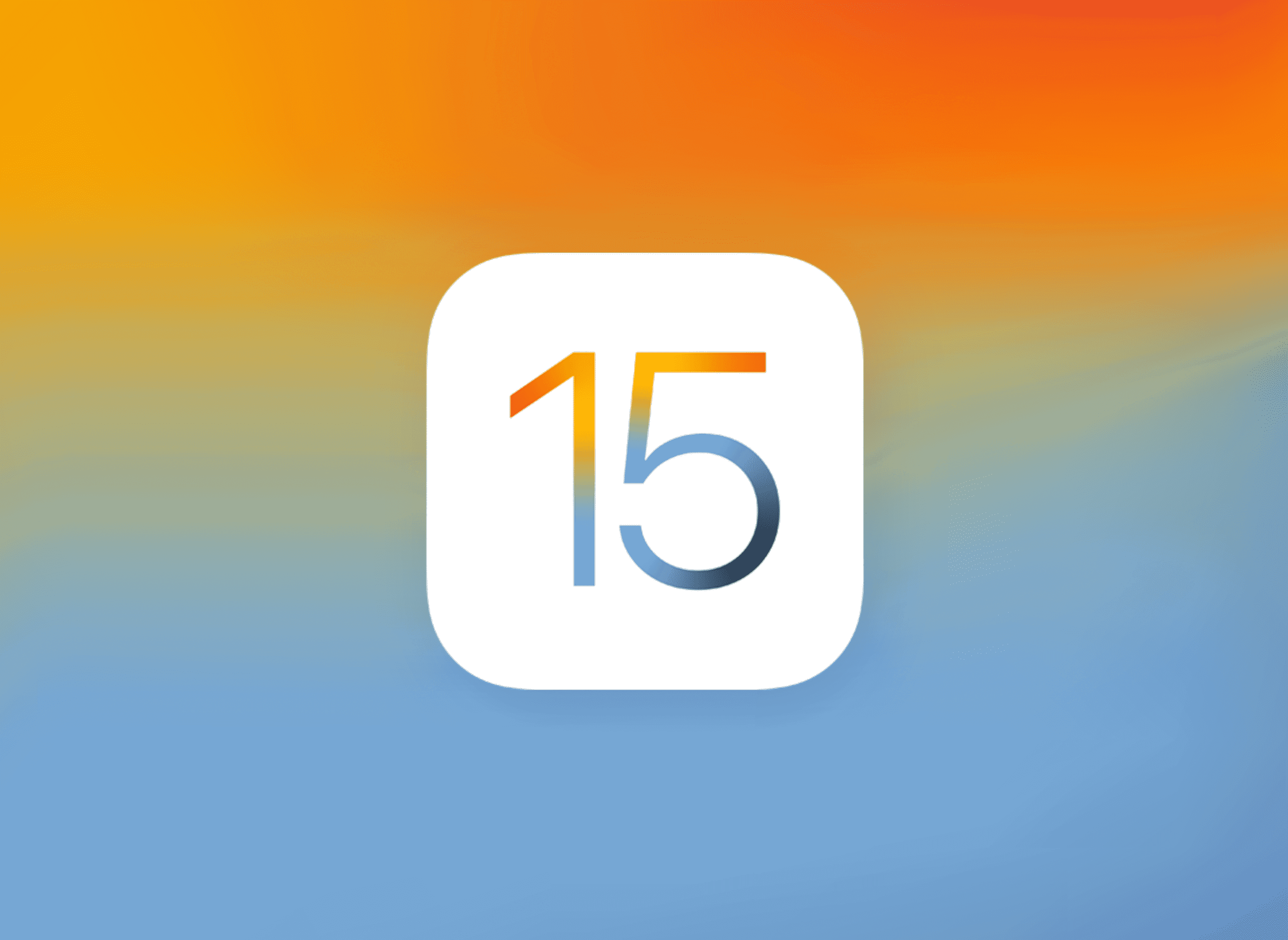iOS15 privacy controls: Apple’s walled garden is growing.

The game is changing. Apple is journeying toward greater consumer privacy, and many other tech giants are following their lead. Marketers must begin to play by a new set of rules. What does this mean for you and your company? How can you win in this new era?
You’ll need to adapt, and Lewis is here to help.
The Rundown
This fall, Apple released its highly-anticipated iOS15 update on iPhone. This update saw various changes that will have echoing ramifications for advertisers. iOS15 provided enhanced privacy controls for users, limiting advertisers’ ability to track, target, and measure their marketing effectiveness with Apple users. iOS15 is going to change a lot, especially with how it impacts email marketing.
First, and arguably most importantly, Apple introduced its Mail Privacy Protection feature. This new wrinkle effectively stops marketers from tracking email opens in Apple Mail. . Instead, it will appear as though a user has opened your email, even if they haven’t. Using research provided by Litmus, we estimate that almost 50% of all email users will be impacted by Mail Privacy Protection. Sorry to be the bearer of bad news, but for this segment, the once-heralded open rates are now irrelevant and unreliable.
Secondly, Apple’s Mail Privacy Protection will make it more challenging to personalize and optimize emails. Apple’s iOS15 will hide IP addresses when an email is opened. Because of this, it will be impossible to discern a user’s geographical location. Email geo-segmentation strategies will essentially be rendered useless. Additionally, Mail Privacy Protection will impact efforts that involve send-time optimizations. Typically, a marketer will ensure that emails are sent at times targeted users are most likely to open. However, Mail Privacy Protection makes it harder to discern when emails are genuinely being opened, making it difficult to test and optimize send times.
Thirdly, Apple introduced the Hide My Email feature. This addition allows users to generate a unique, randomized, and Apple-encoded email address they can use for signups, opt-ins, and more. This randomized address will receive emails before passing them along to a user’s personal address. The user will still receive your emails, but only an apple-encoded address will be visible to the sender. As such, your CRM database may become more cryptic.
So with all of these disruptive changes, what can you do about it?

How You Can Win
These changes with iOS15 are significant. But with big change comes big opportunity. To win, you’ll need to adapt. We’re here to help.
First, understand that for a large portion of your audience, email open rates are now unreliable. The importance this metric once held is now shifting toward other KPIs. You’ll need to do the same. We strongly suggest paying closer attention to qualified site traffic, conversions, and revenue. Now the truest indicator of engagement, these KPIs will grow in relative importance and function as a compass, guiding your efforts.
Additionally, we suggest investing in your brand’s ability to collect zero-party data. Doing so means sourcing data directly from users themselves. Ask users the polling questions that provide a better profile of the audience you’re targeting. Ask their name, interests, etcetera. We recommend baking value into these questions for your users; you want to reward them for answering. This will help you garner information at scale, and personalize your content to create more meaningful experiences.
Conclusion
The changes we see with iOS15 are big. Hot on the heels of iOS14, this update is a clear signal that Apple intends to double down on increasing consumer privacy. We anticipate that other tech companies such as Google, Facebook, and Android will make similar privacy steps. With Apple leading the way, this space is inching towards increasingly greater consumer privacy. We expect this direction to continue, and we are excited to do the same. Every day the game is changing; we’re here to help you win.